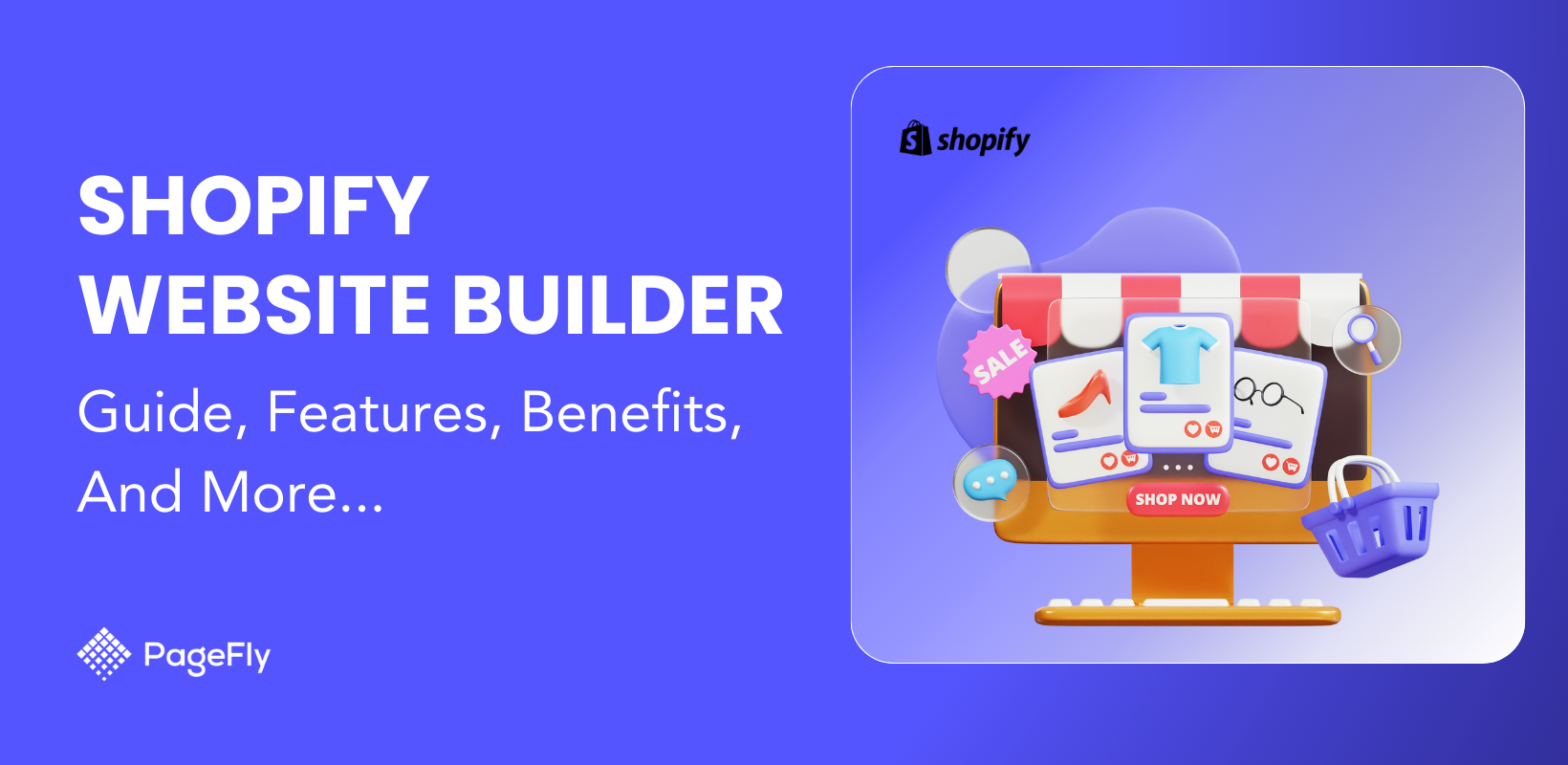You don't always need a physical product or POD/ dropshipping ideas to build an online business. If you are a writer who has created many e-books or an educator with many online courses, you can start selling digital products on Shopify right away.
Where do we start? In this article, we will show how to create a Shopify digital product store from the start, 15+ ideas of digital products to sell, successful store examples, and many tips await.
And to save time for reading, you can check out this video here:
Why You Should Sell Digital Products on Shopify?
By definition, digital products are nonphysical assets or media files that can be sold and distributed online. Digital products most commonly come as streamable or downloadable files, such as PDFs, MP3s, video formats, templates, and plug-ins.
The true power of selling digital downloads lies in the fact that they are created only once and can be sold millions of times to different customers without having to restock your inventory.
So is Shopify good for Digital products? The answer is yes.
Low overhead costs
This is the most attractive offer. You don't need to pay for manufacturing, inventory, storage, or shipping fees. With a minimal upfront investment, you can easily kickstart your Shopify digital product store, and your profit margins can be much higher.
Tips: New merchants can test drive Shopify for 3 months with only $1. Sign up here to start selling digital products.
You can sell to anywhere
While physical products can be limited to certain regions, as shipping fees or delivery times are high, digital products can be sold to worldwide customers 24/7.
Tips: Shopify has many apps to automate the downloading process and store management. So even if you're away or offline, your store still effectively runs.
Easy to Scale
As long as you have an idea, you can create as many digital products as you want. The only thing that you need to worry about is the time and effort spent creating it.
Tips: With the help of Shopify's built-in tools, you can track your sales, manage your inventory, and analyze your customer data. This makes it easier to make informed decisions about how to grow your business and increase your profits.
High-Profit Margins
As there is no shipping or packaging involved, you can attend to numerous orders in less time, accounting for better revenue and more profits.
Tips: An e-book has a cheaper price compared to a physical book. But you can sell thousands of e-books, with a physical one being limited in inventory. It's a higher ROI in the end.
Also read: How to make money on Shopify
How to Sell Digital Products on Shopify
The best part about using Shopify is that you can easily set up a basic store in one morning and start selling in the afternoon.
Step 1: Set Up Your Shopify Store
Create your first account and answer all related questions, as this is how Shopify can give you the right features and serve you best.

Once all this step is done, you will be navigated to a dashboard with a list of critical steps for creating your digital products store.

This includes:
- If you click on ‘Add product’ on the setup guide, you can start adding your product info, such as the title of your product, description, media, etc.
- You set up your account to accept payments for your digital products.
- You create your storefront with theme or page builder tools.
Tips: Using a Shopify standard theme is free and great to start with. But it can lack certain advanced features and is not flexible enough to build a page like how you want.
You can consider a page builder to make an outstanding page and not a theme-like one. For example, using PageFly - the highest-rated Shopify page builder, you can freely and quickly drag and drop a page, modify elements, and add your personal touch.
Step 2: Disable Shipping
If you're selling a digital download product or a service, then you need to disable shipping for that product.
- From your Shopify admin, go to Products > All products.
- From the Products page, select a product or create a product.
- In the Shipping section of the product page, uncheck This is a physical product.
- Click Save.

Step 3: Install and Set up Apps for Digital Products.
To provide a download link to your customers for a digital product, you need to use third-party tools, which Shopify App Store has many of them.
These tools can:
- Automate the download process after receiving payment.
- Add download limits to a product.
- Connect digital products to physical products if needed.
- Allow you to sell digital products in bundles or collections.
- Sell any types of digital products: PDF, MP4, ZIP, License keys, etc.

There are free and paid options. The Digital Downloads app is built by Shopify, which is free and easy to use if you're starting out. We will review some of the best apps to use when selling Digital products for Shopify later on.
Tips: Pay attention to the "Built for Shopify" tag, as this means the tool is made perfectly to match Shopify UI/UX and code. This reduces errors and seamlessly connects with your Shopify digital product store.
Step 4: Place a test order
After you have configured your digital products and emails, you might want to go through the process. You should make sure that the steps to buy and sell digital products are under control.
- Activate testing payments
- Proceed to buy the products as a regular customer on the storefront. Change the product price to $0 so you do not have to enter your credit card details at this stage.
- Check the emails in your inbox.
Best Digital Products To Sell on Shopify (+ Store Examples)
Let me tell you a story of how this store owner earns $1000 per month by selling digital products on Shopify.
As an illustration designer, he constantly shares his work on Social Media and Shutterstock, receiving many people asking for permission to use or purchase. Realizing this opportunity, he created a store on Shopify, using these tips:
- Use third-party apps to automate manual tasks.
- Always offer bundles with a discount to boost sales.
- A minimal style theme or template is best for a digital product store.
After this one-time setup, his store now runs on autopilot, while he can focus on being creative with a passive income.
Moral of the story! Selling digital products is best if you are good at a niche and looking for ways to monetize it, without putting much effort.
Digital products can be the simplest idea that you can think of. And here're some of the best ideas:
1. Online Course
Best for: An expert in a specific field who wants to educate people in the same field about something. For example, a Java developer teaches how to code with Java, Marketing expert teaches about SEO.
Tips for your store: Use Trust budges or Create a section to introduce yourself with proof will improve your authority, leading to more sales.
Store example: ICAO sells manual and safety guidance for Aviator.

2. Ebook
Best for: Aspiring authors and seasoned writers or niche experts who want to share unique insights in a downloadable, portable format.
Tips for your store:
- Offer a free sample chapter in your product listing to hook readers and prove your content’s value.
- Use engaging visuals on your sales page—sneak peeks of your book’s interior or share a quick author bio to build trust.
- Create a bundle option with an audiobook or worksheets to give customers added value and increase your average order value.
Store example: AG Manuals sells Farming guides as eBooks. This digital product store is built with Shopify.

Check out: PageFly's Complete Guide: How To Start Selling Ebooks On Shopify
3. Printable artwork
Best for: Artists, illustrators, or graphic designers with signature style or niche, such as abstract art, modern branding kits, or whimsical children’s prints.
Tips for your store:Show your artwork or templates in context using dynamic mockups—think living rooms for wall art or branded stationery scenes—to help shoppers visualize the final result.
Store example: The Crown Prints is a Shopify store specializing in printable wall art. You can opt to buy a printable file or a fully-printed art to hang.

4. Stock photo or video
Best for: Photographers, videographers, or content creators who can consistently produce high-quality visuals.
Tips for your store:
- Provide a small free bundle or a preview gallery to give potential buyers a taste of your work.
- Include clear usage rights and licensing details for each purchase so customers know exactly how they can legally use your content.
Store example: PixiStock focuses on feminine-themed stock photos. Their success also lies in the effective use of a subscription-based model.

5. Designed mockups and templates.
Best for: Graphic designers, brand strategists, and creative entrepreneurs who excel at producing polished, ready-to-use assets.
Tips for your store:
- Create clear category labels (e.g., “Social Media Mockups,” “Branding Stationery,” “Presentation Decks”) so buyers can instantly find the type of template they need.
- Offer customization services.
Store example: The Vector Lab sells Apparel Mockup and Graphics to print.

6. Audio files
Best for: Musicians, voiceover artists, and sound engineers who create original tracks, beats, jingles, or sound effects.
Tips for your store:
- Include a short audio preview.
- Provide clear licensing and usage rights, such as personal vs. commercial licenses, to cater to different buyers and upsell commercial usage.
Store example: Cymatics is a Shopify store offering high-quality sample packs and production tools for musicians.

7. Selling membership
Best for: Creators, coaches, and thought leaders who regularly produce fresh content, plans, and monthly tutorials. The recurring revenue model also appeals to those who want more predictable income and long-term engagement with their community.
Tips for your store:
- Set clear expectations for members by showcasing the exact benefits they’ll receive each month
- Maintain a members-only area where subscribers can easily access new content, interact with fellow members, and stay engaged.
Store example: The Babes in Business Membership provides consistent and niche-focused monthly digital marketing resources.

8. Digital services
Best for: Freelancers, consultants, or creative professionals who prefer a flexible, intangible product offering such as consulting sessions, personalized services, or one-on-one coaching.
Tips for your store:
- Integrate a booking or scheduling tool directly on your product page, so clients can seamlessly reserve sessions and pay in one place.
- Use client testimonials with specific results.
Other ideas to uncover
- Font design.
- Printable notebook, to-do list, or planner.
- Templates for presentation slides.
- Shopify theme.
- Planning spreadsheet templates.
- Knitting/ Crochet patterns.
- Meal Plans.
- Fitness Plans.
- Cookbook.
- Coloring book.
- Webinar/ Workshop Replays.
- UI/UX kits for Websites/ Apps.
- Animated/ GIFs/ Short videos.
- Travel Itineraries.
- NFT Arts.
- Virtual coaching.
- Printable stickers.
- Exclusive content or podcast.
Best Shopify Apps for Digital products.
Your store will function more seamlessly with these supporting tools. Let's review them.
Shopify Digital Downloads
This app is made by Shopify to support the quick setup and selling of digital products like eBook, digital apps, and graphics. The tool is completely free, hence being a good choice for merchants who just started.
- Rating: 2.6/5 (492 reviews)
- Pricing: Free
- Notable features: Email delivery, download limits, Combined with physical products.
Sky Pilot

This app specializes in helping merchants sell and in-app streaming digital products like music, videos, and ebooks.
- Rating: 5/5 (380 reviews)
- Pricing: Free plan and 7-day trial. Pay from $9 to $49 per month, depending on plans.
- Notable features: Bulk upload, Streaming, Analytics, Thank you page, License keys.
Easy Digital Products

Using this app when selling digital products on Shopify, you can post digital downloads, files, and license keys with just a few clicks. The best part is that you can attach up to 10 files to a product or variant.
- Rating: 5/5 (279 reviews)
- Pricing: Free plan. Start from $14.99 to $44.99 per month for a paid plan.
- Notable features: Bulk upload, Custom download pages, SMTP, Custom links.
SendOwl

SendOwl enables the automatic delivery of digital products after checkout. It supports various digital products like ebooks, audio, video, and access codes, making it a simple and secure solution for merchants selling digital products on Shopify.
- Rating: 4.4/5 (164 reviews)
- Pricing: 7-day free trial. Paid plans start from $18 to $89 per month
- Notable features: Deliver any files, Stamping, Time-limited download, Analytics.
FetchApp

You can attach multiple files to a single product, associate one file with multiple products, or restrict downloads by time or quantity. Fetch App can provide you with the flexibility to meet your unique needs.
- Rating: 4.7/5 (42 reviews)
- Pricing: Free plan. Paid plans start from $5 to $20 per month.
- Notable features: Amazon S3 storage, Unlimited downloads, Email delivery.
Tips to Sell Digital Products on Shopify.
Now that you have your idea and a store on Shopify, how are we gonna boost sales? Good marketing, of course, is needed, but not everything.
Tip 1: Find a good niche
Identifying a niche market and developing a unique value proposition to attract customers is important. This can also depend on your skills and what kind of digital products you can create and sell, and how you can make them unique to stand out from the competition.
For example, don't just sell Content marketing online courses, but opt for Content Marketing for Small Business & Solo store owner courses.
There are a few criteria for deciding which digital products to sell
- Compare demand and supply for chosen digital products
- Pick something that fits your personal expertise and interest.
- Compare production costs and profit margins
- Consider long-term earning potential.
Tip 2: Use social proof
As digital products rely mostly on trust and authority, you need to explain to customers why they need to buy. Here's what to use:
- Trust badges.
- Client testimonials and real results.
- Before and After picture.
- A detailed About us explaining to them who you are and what you do.
- Money-back guarantee.
Tip 3: Define an attractive pricing plans
For a one-time download digital product, you can opt for a one-time payment at an affordable price.
However, some products can thrive with a monthly membership or subscription-based model. Especially one that updates on a regular basis. Think about the Netflix model. Not only does this plan give you recurrent revenue, but it is also more affordable for users. Apps like Appstle or Bold can prove beneficial for this.
You can also give them a sneak peek or a free trial. For example, you have many online courses and you give 1 or 2 of them for free.
Take PageFly as an example. We have free and paid plans as well. Yet with our free plan, you can build 1 page with full features, free foverer. This allows users to test drive us and if they are satisfied, they pay to build more pages.

Tip 4: Design a captivating store to sell digital products
As your customers can’t interact with your digital products directly, the first priority should lie in the clarity of information.
Your Shopify digital store should bring customers the option of displaying a detailed course description, class schedule, and even a sample video. Features such as a frequently asked question (FAQ) section may need to be integrated to help your client address common questions about the product.

Reference: The Loop Loft
With various tab elements, the best Shopify page builder PageFly can help you set up videos, FAQs just as easily.
Tip 5: Good Marketing Strategies
Selling digital products on Shopify requires effective marketing strategies to increase visibility and drive sales.
Using Shopify for digital products can offer you many built-in features and apps to support Search Engine Optimization (SEO), Email Marketing, or Marketing Analytics.
- For SEO: they focus on creating a clean code and fast-load site. With features to edit meta tags for better visibility on search engines.
- For Email Marketing: You can build an email list and connect with your Shopify Content to seamlessly send updates. There are many apps that support this automation and integration.
- For Social Media: You can connect with Facebook, Instagram, or TikTok to build an omnichannel strategy.
- For Marketing Analytics: You can connect with Google Analytics to analyze your store traffic and user engagement. Otherwise, Shopify offers a built-in tool that can track your sales, conversion rate, and many more.

Also read:
- Shopify Facebook Shop: How to setup & Troubleshoot Guide
- Selling on Tiktok with Shopify: A complete tutorial.
Tip 6: Utilizing affiliates to drive sales
As a digital product seller on Shopify, it can be challenging to get your products in front of a new audience. By partnering with influencers or bloggers in your niche, you can tap into their audience and promote your products to a wider audience.
The best part is that you only pay your affiliates when they make a sale, making it a cost-effective way to expand your reach. Shopify's third-party apps, likeBixGrow, enable you to manage affiliates and referrals easily.
Tip 7: Developing a comprehensive upsell strategy
Upselling can be an effective way to increase your average order value and boost your revenue. You can make relevant offers for higher-priced or upgraded versions of the products your customers are interested in. ReConvert, and AfterSell are amongst the many apps you can use from the Shopify store for your upsell strategies.
What to watch out for when selling digital products on Shopify
Even though selling digital products online sounds easy (for a wide range of reasons, as we discussed above), it comes with a few challenges that you might want to keep an eye out for.
Intellectual Property Protection
Digital products are vulnerable to piracy and copyright infringement. It's important to take measures to protect your intellectual property through watermarking and encryption to reduce the chances of theft. However, these measures may not be 100% effective, and it can be difficult and expensive to enforce your rights.
Other things to avoid
Before you start selling digital download products on Shopify or online in general, ensure you steer clear of the following red flags:
- Selling pirated or illegal content: You should always ensure that your products are genuine and legally acquired. It's illegal to sell digital products that infringe on someone's copyright, trademark, or intellectual property.
- Over-promising and under-delivering: It's important to set realistic expectations for your customers. If you promise something you cannot deliver, you risk damaging your reputation and losing customer trust.
- Neglecting security: Digital products are vulnerable to online threats such as hacking, data theft, and malware attacks. You need to ensure that your website and payment gateways are secure to protect your customers' personal information.
- Failing to provide customer support: It's essential to have a support system in place to assist your customers with any issues or queries they may have. Failing to provide adequate customer support can result in negative reviews and loss of business.
Conclusion
Whether you’re working from home or taking some time off your traditional business, explore your personal interests and make a side hustle by selling digital download products on Shopify today. With Shopify and PageFly, you can turn this situation into a possible blessing in disguise.




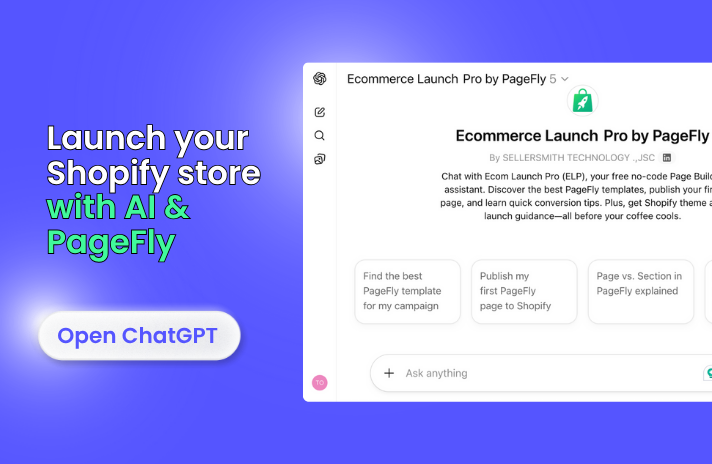
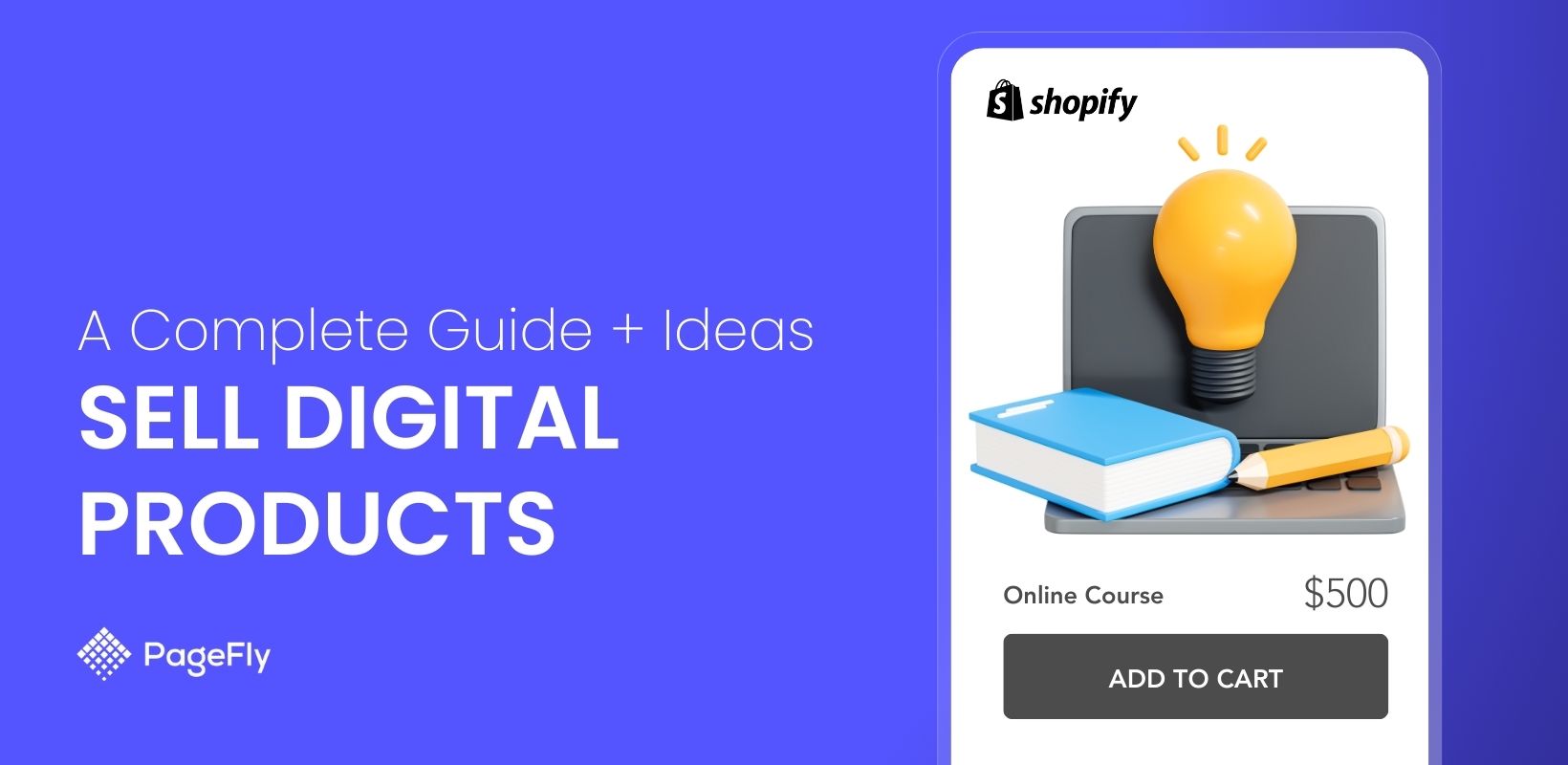
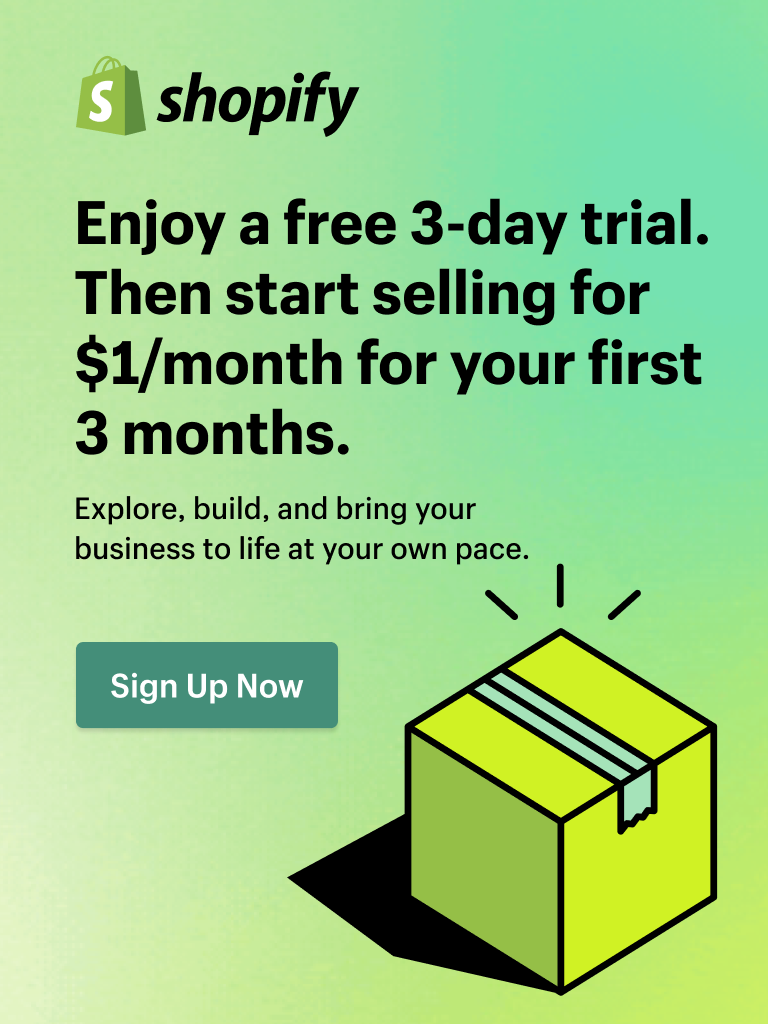
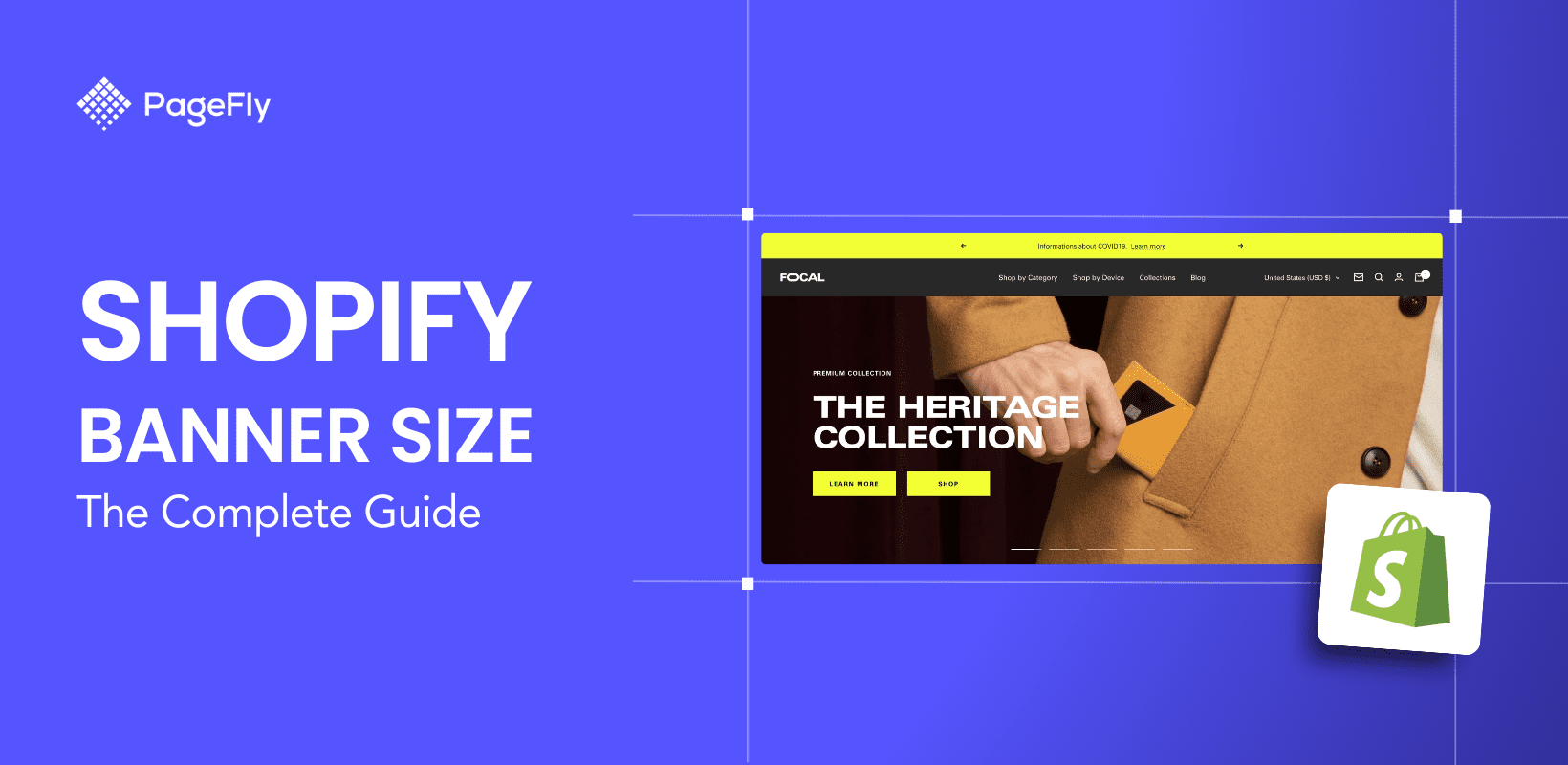
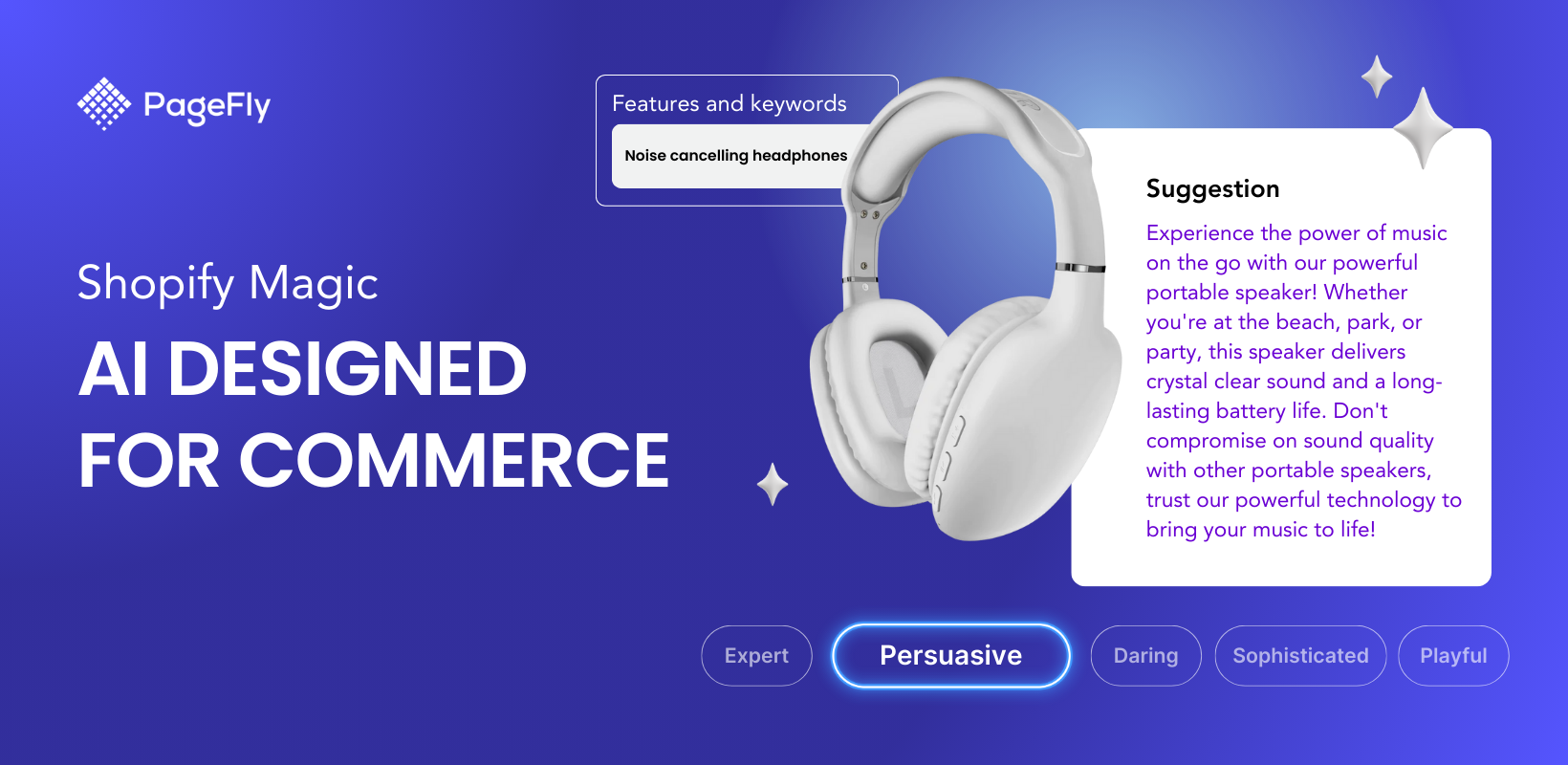
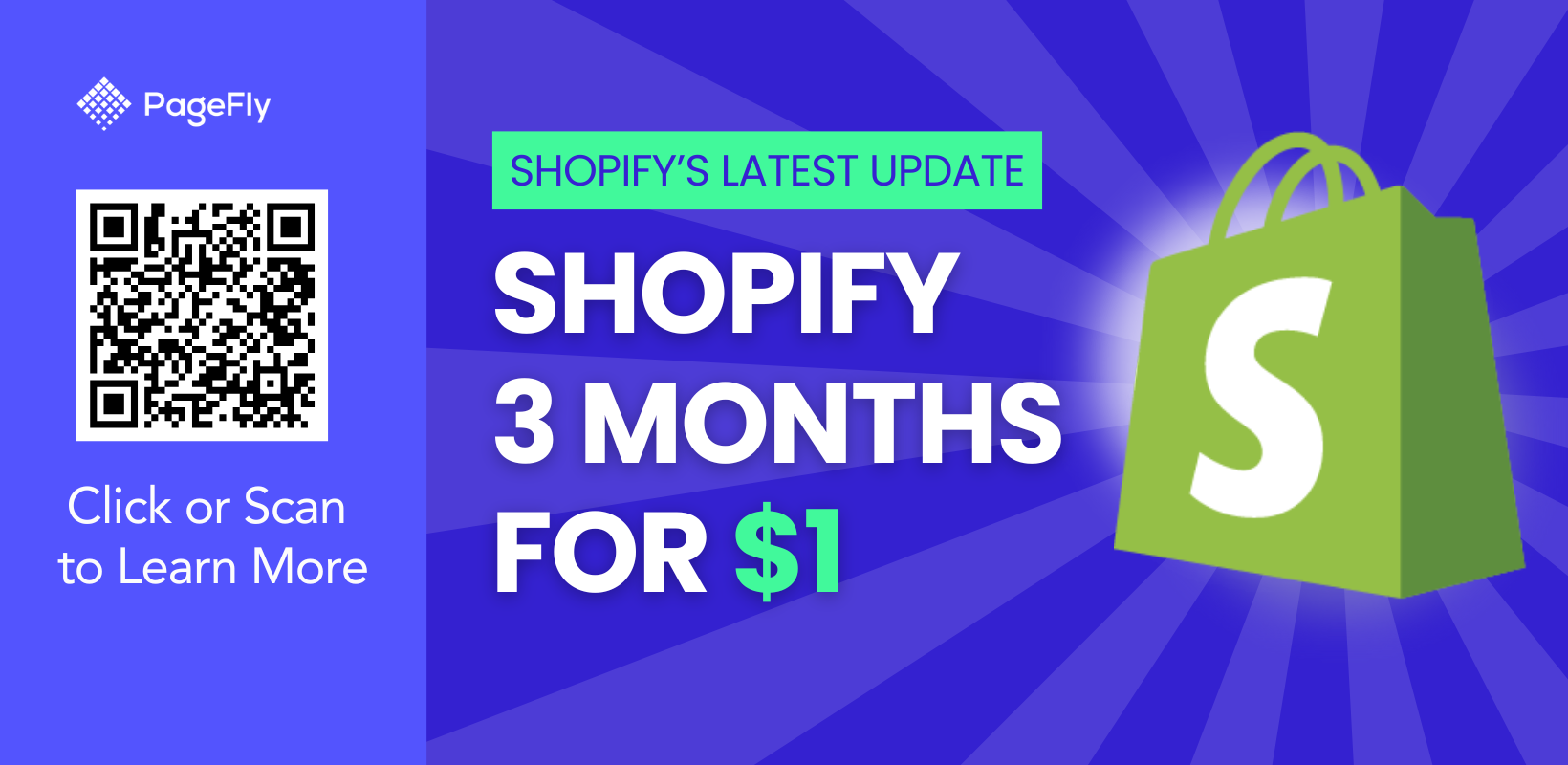
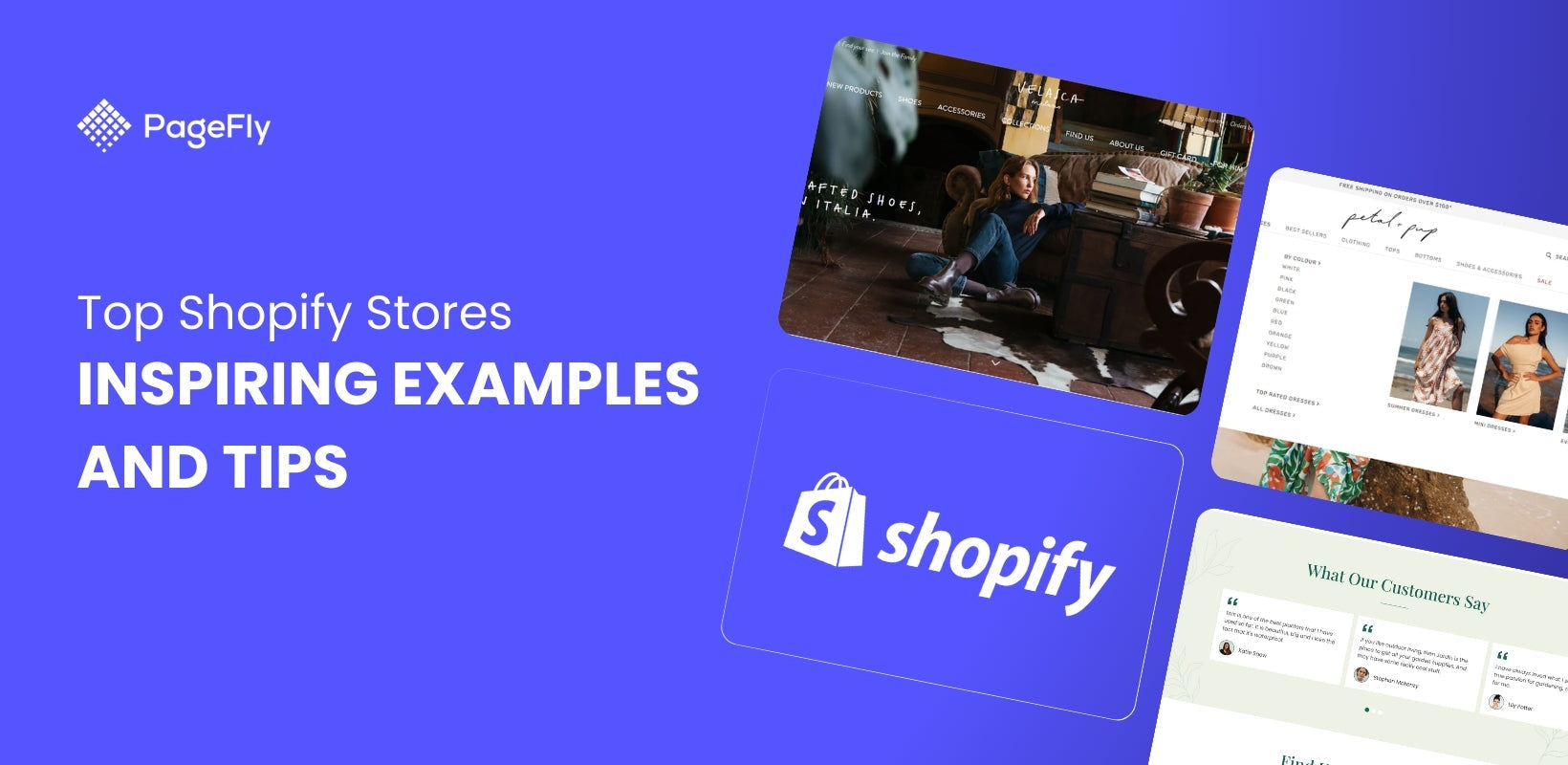
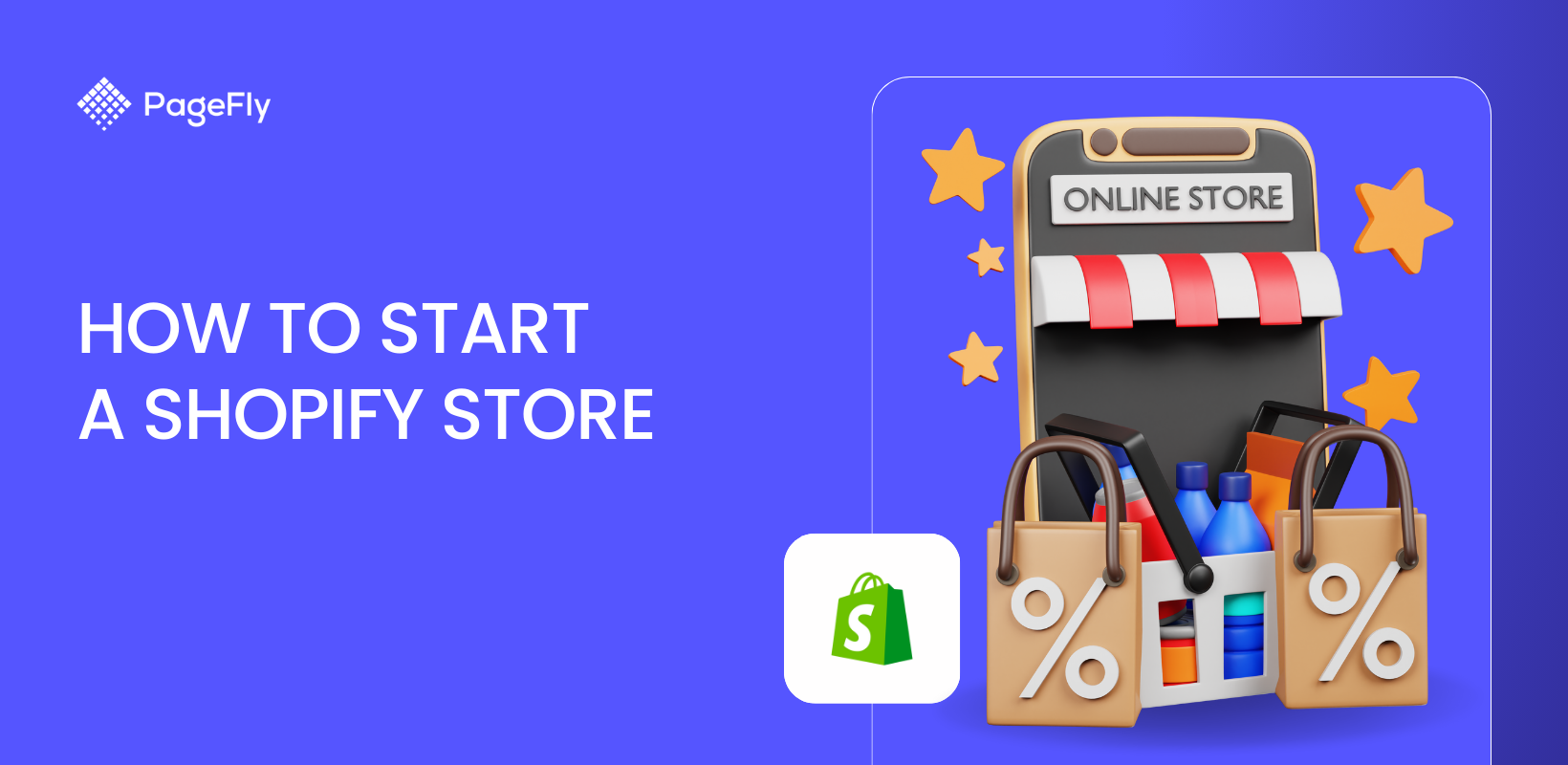
![27 Best Shopify General Stores + Complete Strategy Guide [2025]](http://pagefly.io/cdn/shop/articles/Best_Shopify_General_Stores_2f9d09f2-7c38-4da9-a495-e9f4898ddd68.jpg?v=1757271936&width=1640)

